The master bows from Finkel
![]()
The master bows from Finkel
![]()
The secrets behind a good bow lie in the quality of the wood and the finishing. A bow maker has to recognise the special properties of the wood, feel it, understand it and appreciate it. Every bow has its own characteristics, every piece of wood requires special handling. Wood is a living material and undergoes change during the process. There is no recipe by the book, every bow presents its own challenges. It takes 20 years in the business to get really good at bow making, according to insiders.


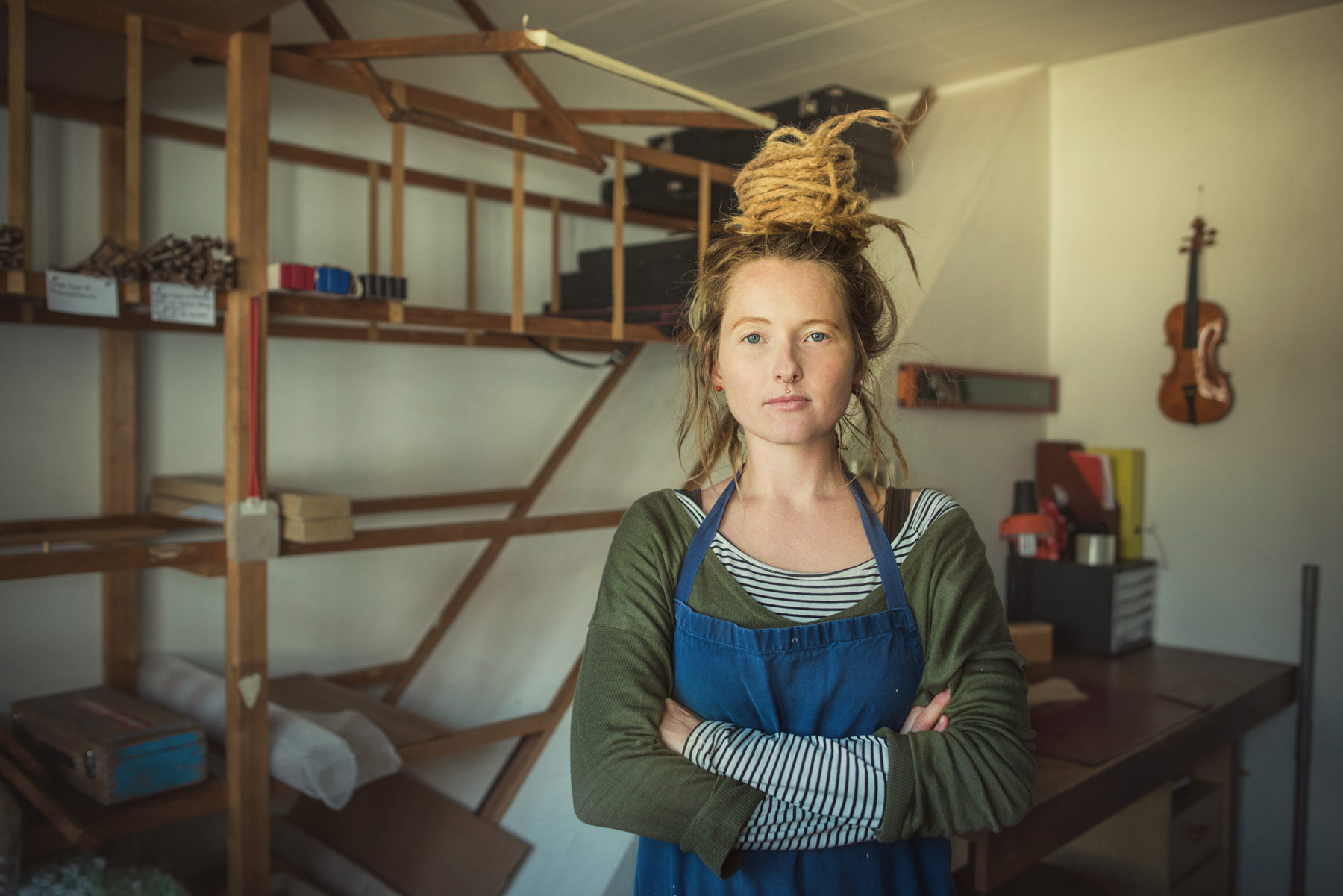
Daniela Finkel is now the 5th generation to continue the craft.

Interview with Daniela Finkel
That is Zeitgeist
Finkel bows can look back on a very long tradition. Are there things that can still be improved?
There are indeed many good reasons to do things the way my father, grandfather and great-grandfather did. Every generation has driven development further, everything works. But I also believe that there are people in the world of music who want to explore new things, and it’s for them that we have created our Zeitgeist collection.
What does Zeitgeist signify?
It’s in the design that I want to add a personal touch to our Zeitgeist bows. Somewhere along the line, we started experimenting with the lens on the frog, putting a Burlesque dancer or a skull there. This is nothing new in itself, since other producers have also placed their logo there. Whatever the choice of motif, which might also be very personal, our Finkel bow now has a very special appearance.
You practically grew up in the workshop, what are your earliest memories about making bows?
I really liked drawing or playing in the workshop while people were working all around. Similar tools are still used today, and one of the things that reminds me most of my grandfather is a small plastic bottle with a red lid. This plastic object was probably a sensation back then. It could be used to dampen the floor with water to prevent too much dust from whirling around.
Your father perfected the workshop. What was it that made him such a good bowmaker?
One thing I always admired about my father was how easily he was able to shape the wood. It was something he really did with incredible instinct. I often have this visualisation in my mind’s eye when I don’t know exactly what to do next.
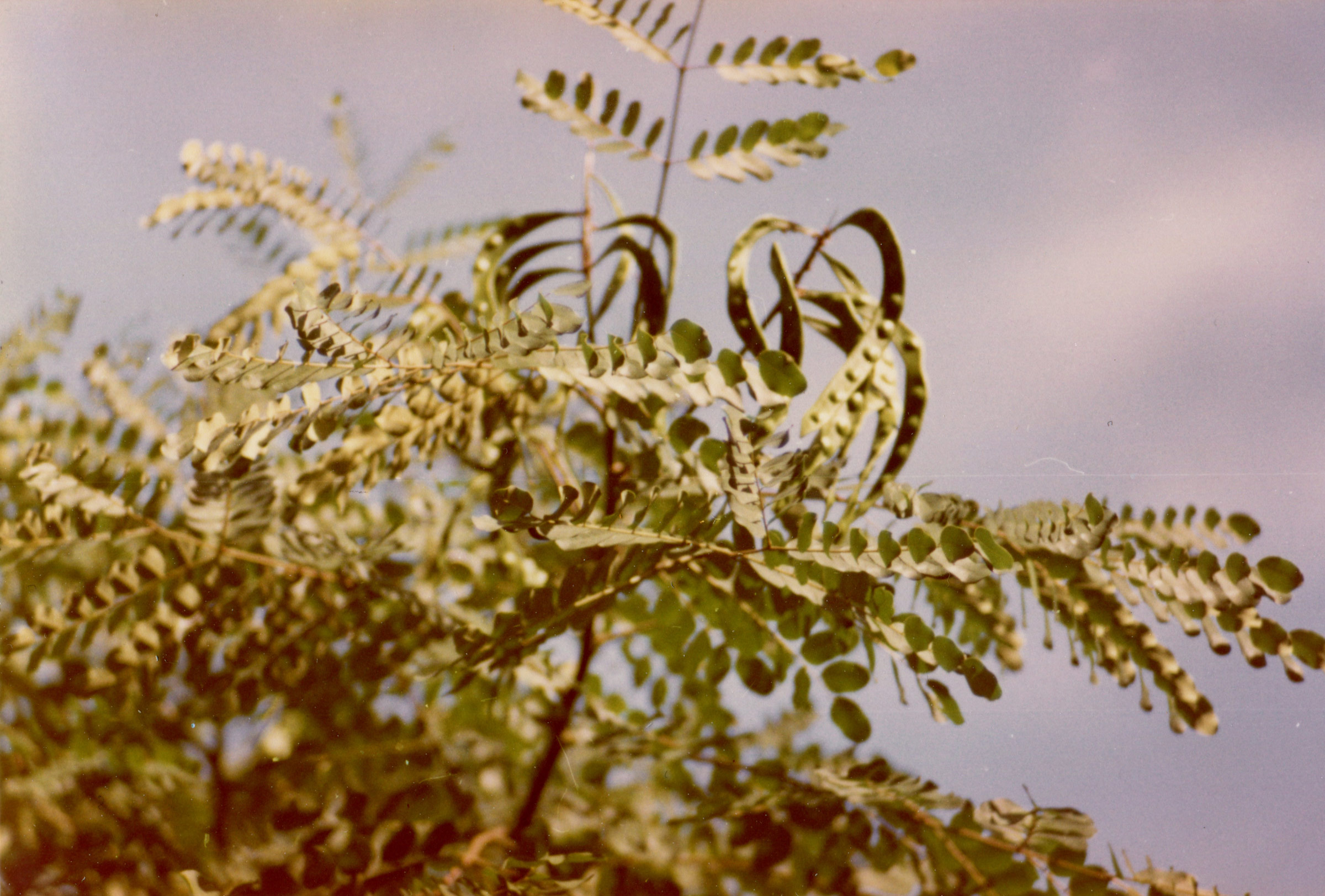
Pernambuco wood is strong while being elastic at the same time, the fibres grow alternately left and right around the trunk axis.
It is not the gold used that makes a gold bow so precious, but rather the quality of the wood.
Flexibility, weight and resilience play an important role in a good bow. Not many woods are suitable for making bows; in reality, only pernambuco is strong and elastic enough to tick all the boxes. Bow makers and musicians alike swear by this tropical wood, a species that only grows in Brazil and is now under strict protection. The famous French bow maker François Xavier Tourte pioneered its use in bow making at the end of the 18th century, sparking a revolution. The reddish wood had previously been used in Europe primarily as a colouring agent.
Pernambuco grows slowly and sedately, resulting in greater density, but it also harbours a number of surprises, since the fibres run irregularly and are often slightly twisted. In contrast to other types of wood, pernambuco doesn’t lose its shape after cooling – the perfect bend is the essence of the art of bow making. A bow needs to be flexible yet able to withstand a certain amount of pressure so that the spectrum of timbres can be fully exploited. The choice of wood already gives rise to nuances, but what quality of bow a particular piece is really suitable for is often only apparent after many work steps.
The blank is gently heated and bent again numerous times, heated and bent, planed and rasped, heated again and bent again – until the wood acquires precisely the desired shape. Just a few of the sticks made from the highest quality wood ultimately turn out to be the best of the best. It is not the gold used that makes a gold bow so precious, but rather the quality of the wood.
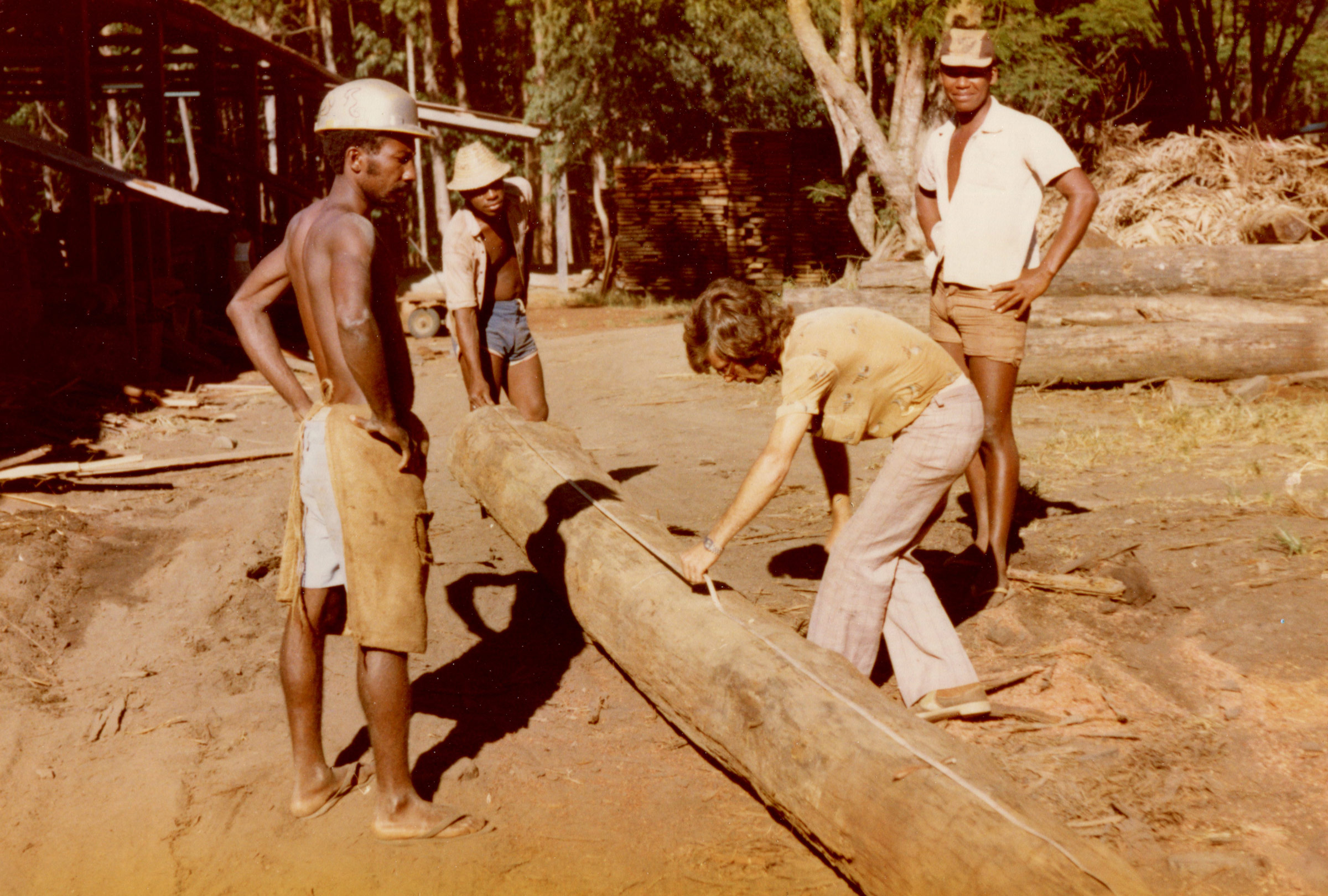
The perfect bend
is the essence of
the art of bow making.
Violin

No.180GEM
D.S.Finkel
Viola

No.460GEM
M.Fischer
Cello

No.380GEM
D.S.Finkel
![]()
more models from our collection
We place the same value
on every bow, no matter whether
it is a student bow or a gold bow.
Daniela Finkel


Despite appearing simple at first glance, a bow requires many complex work steps. Besides the bending itself, various fine craft processes are also necessary, such as making the frog or attaching the hair. Various specially modified machines in the Finkel bow workshop are used to facilitate certain work steps with the aim of increasing efficiency. But there are many processes that go beyond what a machine can do: only the human eye is capable of measuring the correct bend of the bow and the only way to judge the pressure it can withstand is by hand. This is because it requires two qualities that even the most precise machines cannot possess: feeling and experience.
A bow needs to be flexible while still being able to withstand some pressure, only in this way can the spectrum of timbres be fully exploited.
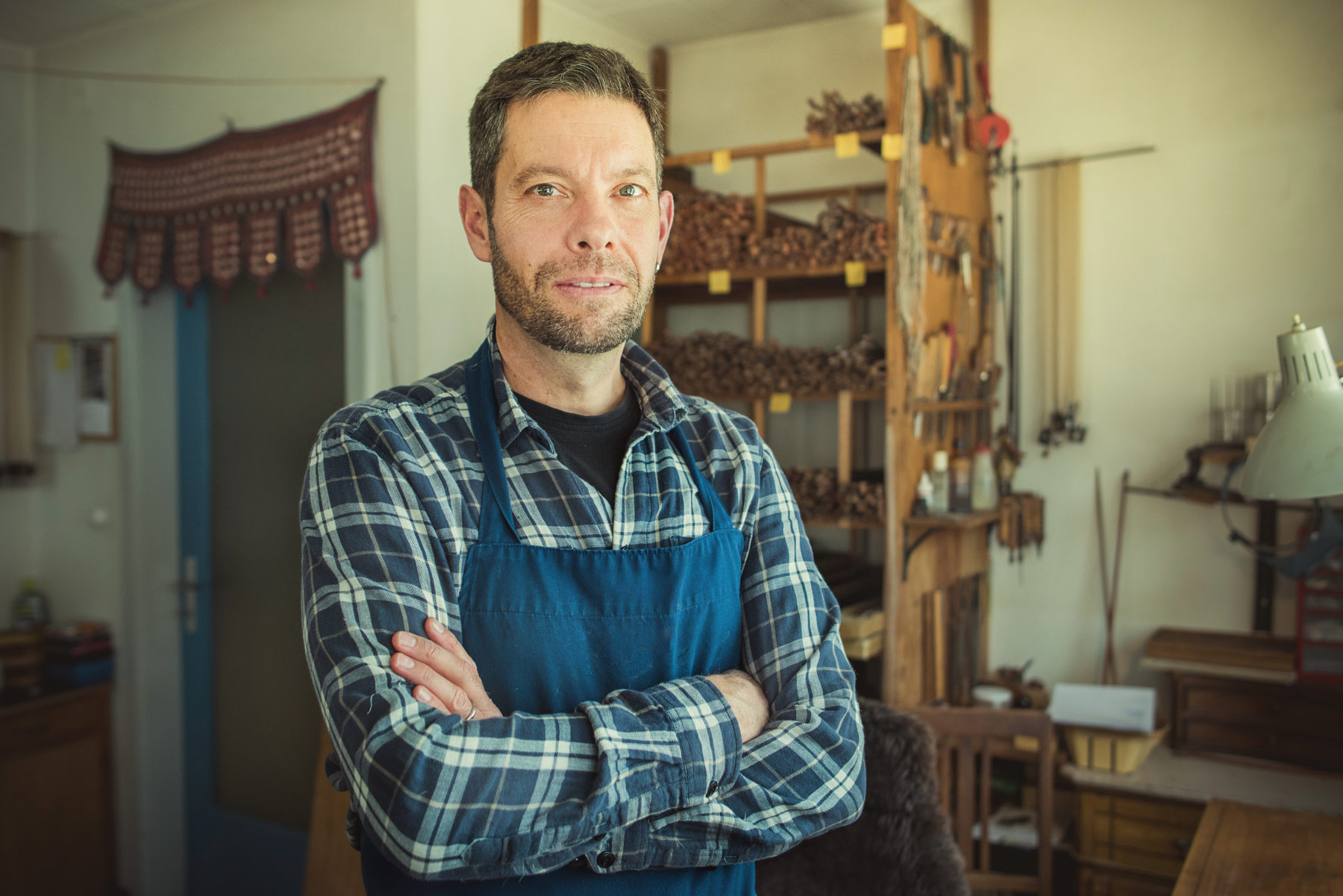
In the workshop for 36 years: Markus Fischer completed his apprenticeship at Finkel’s and works as workshop manager today.
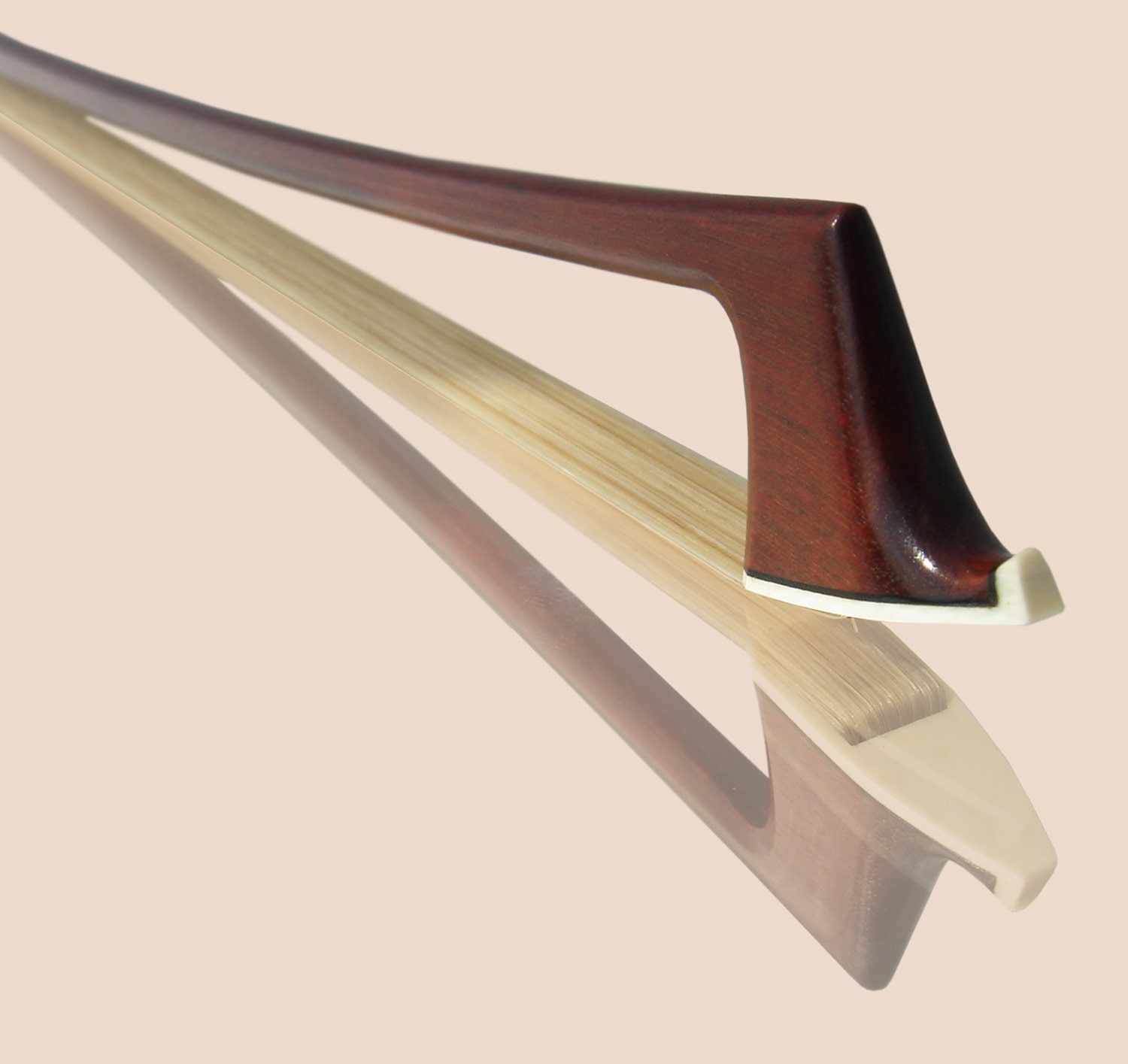
Interview with Markus Fischer
The secret behind the details
Each bow maker has their own style. How would you characterise one of your bows?
That’s something I can’t really describe, of course there are certain characteristics or models that you base yourself on, for example some make the head of the bow a little rounder, others more angular, but in the end everyone has their own idea of what a bow should look like, down to the smallest detai
I suppose personal style also changes over the years?
It’s like when I look at bows that I made 20 years ago, I see a lot of little things that I do differently today. You sometimes make a conscious decision to change something or try out something new. However, most things happen unconsciously, things simply change – and these details can’t be measured, a layperson can’t see them, they’re just subtle nuances that give the end product a personal signature.
Much has to do with the eye and dexterity, is that something that can be trained?
Not directly. There are things that just work in terms of aesthetics, some people see that, others don’t. Of course, a lot can be achieved with interest and routine, yet ultimately it’s like in any profession: things just have to be right. On a personal level, it was simply luck, I completed my apprenticeship here at the Finkel workshop by chance and after 36 years I continue to enjoy it. The team is also important for the end product, we compare notes, learn from each other and share tips.
And where does a bow maker draw inspiration from?
To me, nature is the measure of all things, I can always be astonished by it, even with very small things, for example a flower or a piece of wood. Mother Nature always creates something perfect for the eye.
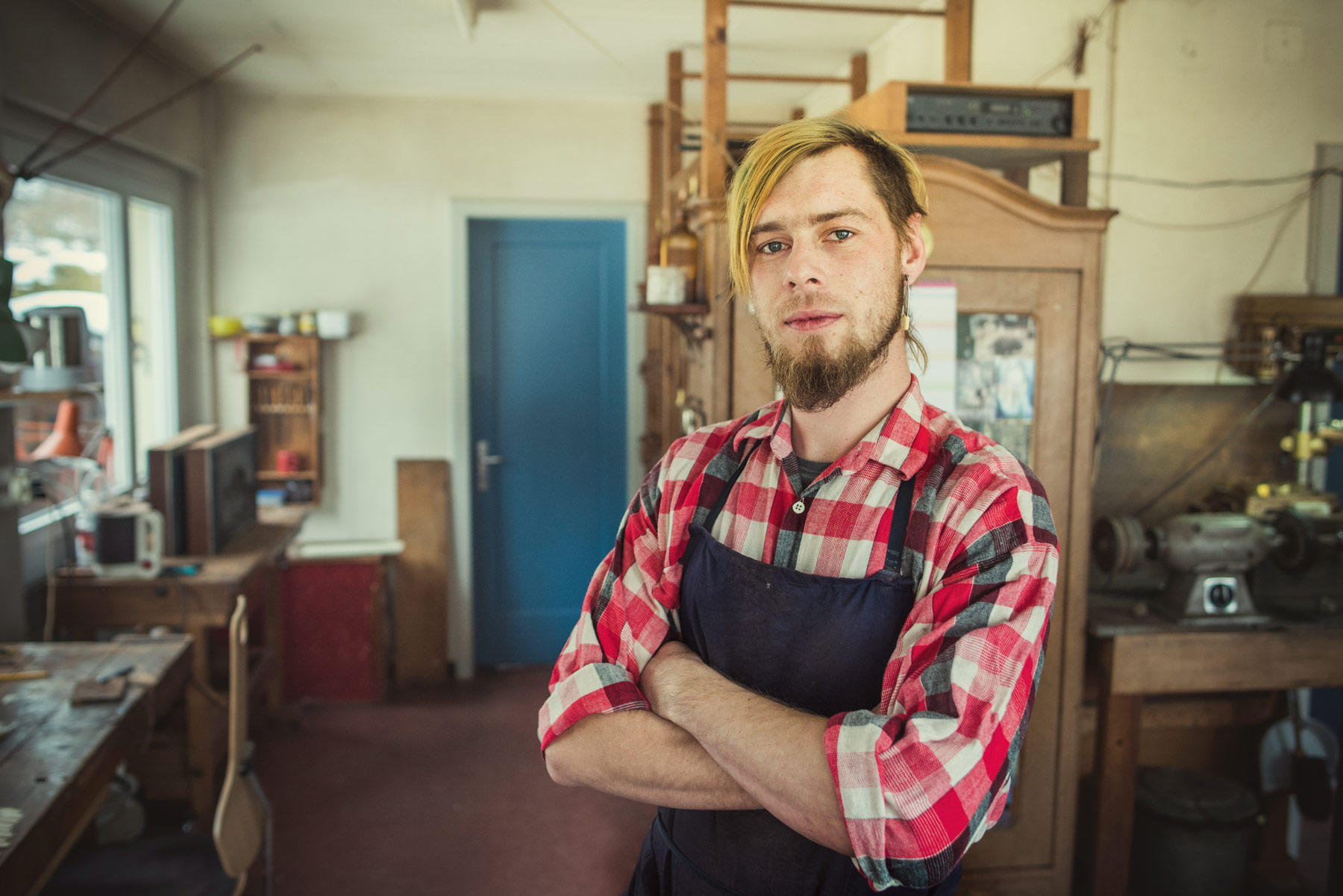
He knows what diverse properties wood possesses: Daniel Ernst is a trained wood turner and has been working in the workshop since 2008.
“It involves a great deal of knowledge to be able to handle wood properly. This knowledge used to be widely available, but then it got lost. What fascinates me is what can be made from different types of wood, that’s why I originally trained as a wood turner. It’s important to develop a feel for the wood when making bows, there’s a lot that can’t be taught with theory, it’s a question of experience and how you treat the wood. The movements come eventually – but it takes time.”
“Sometimes we have very special pieces of wood to deal with, each one has to be treated differently”
Daniel Ernst

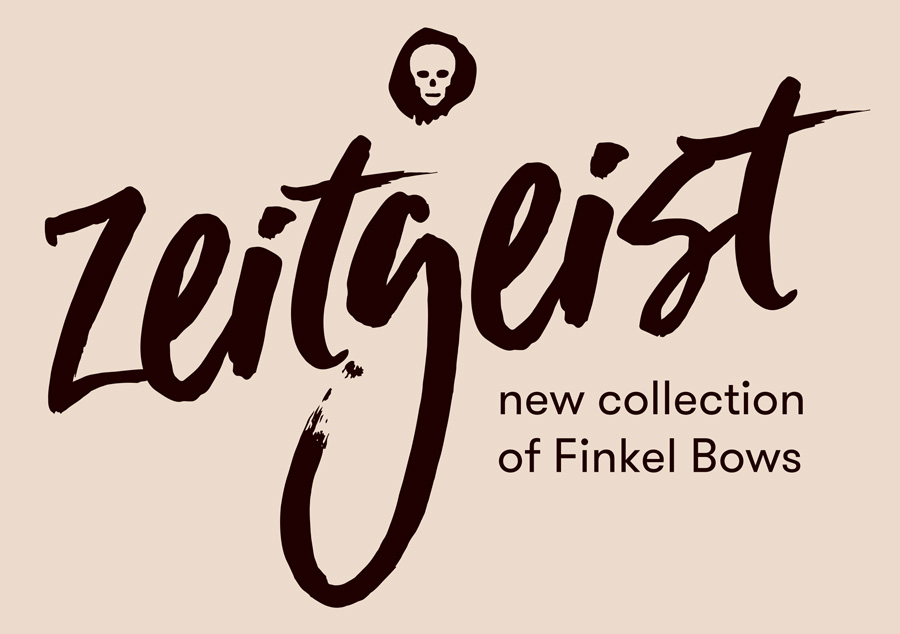
The bows in the new ‘Zeitgeist’ collection combine
old craftsmanship with modern design.
The line is available in the violin, viola and cello bow versions.

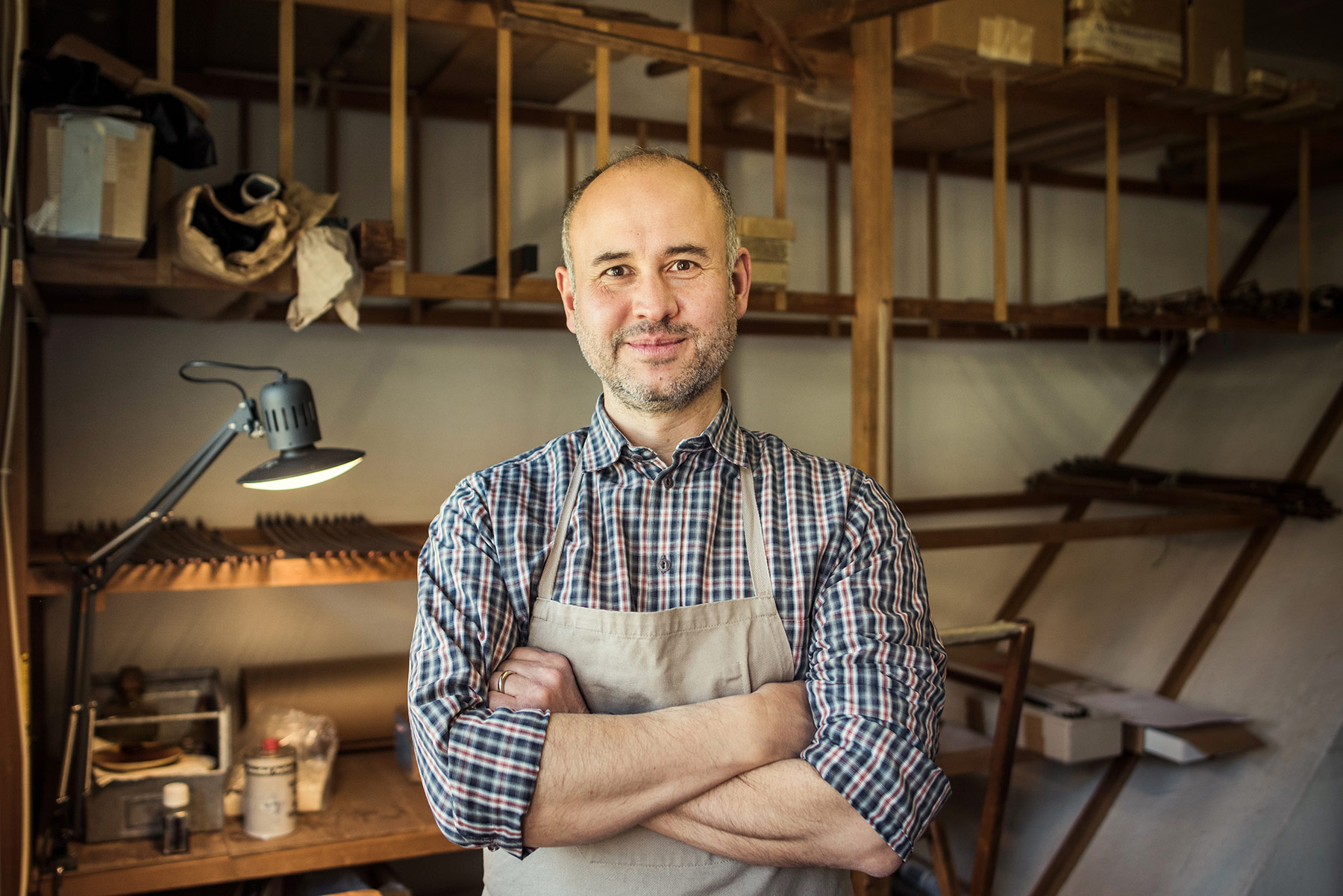
As a trained violin maker, Stefan Gerny is well aware that no two pieces of wood are the same. Now he’s perfecting his craft as a bow maker.
“Wood is a living material”.
Stefan Gerny




